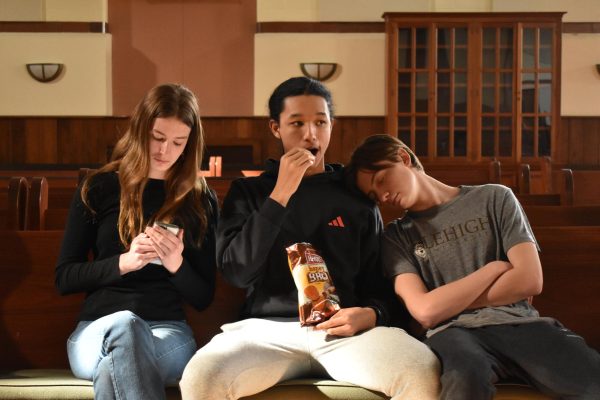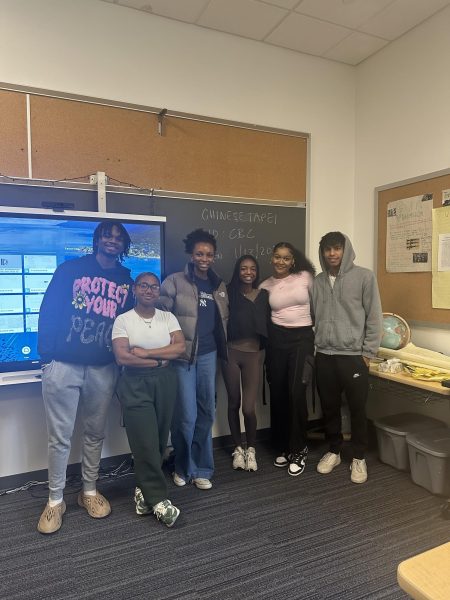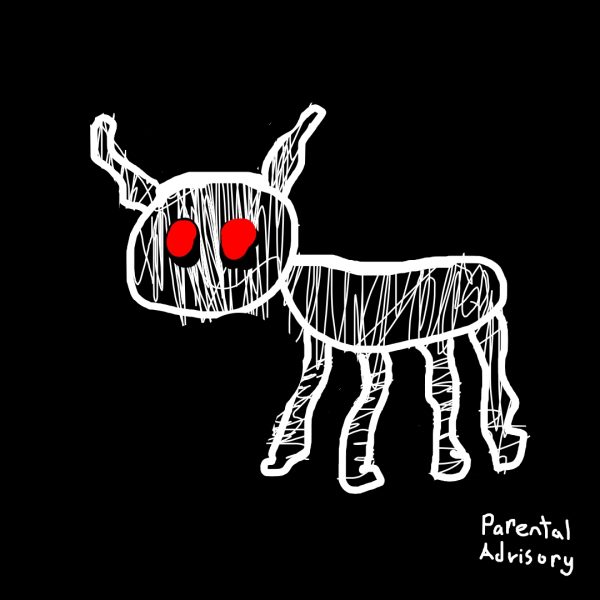Christmas on Another Continent
Holiday 2014
For most Americans there are some things that are synonymous with Christmas. Everyone knows that gift shopping starts on Black Friday, big red Santas begin to appear on the lawns as soon as Halloween ends, and by early November every store plays the same holiday music. It is easy to think that these traditions are present everywhere else in the world, but this is far from the case. Europeans, some of the earliest to celebrate the holiday, have a very different view of Christmas, with many European countries having their own traditions. Thanks to my family background and my years abroad, I have a very different idea of what celebrating Christmas is like.
I cannot bring up Christmas without mentioning the Germans. With its regular snowfall and cozy little villages, the country lends itself to Christmas. Continuing traditions that have been carried on for generations are at the heart of the German holiday season. Every year, towns will set up their own “Weihnachtsmarkt” or “Christmas market.” I have seen small towns that only set up a few huts and stands, but last year, when visiting Düsseldorf, I was amazed to see the whole riverfront turned into one giant, medieval Christmas village. The sweet smell of roasted chestnuts and little donut balls called “Schmaltz Kuchen” greet visitors of these villages. Vendors and artisans sell a variety of handmade ornaments, nutcrackers, and toys, while old-fashioned smithies make metal sculptures, feudal weapons, and nifty tools. The Weihnachtsmarkt is the perfect place to gather and enjoy a frosty winter afternoon with a glass of “Glühwein” or mulled wine.
Another tradition that has long been upheld is that of the “Adventskranz” or “advent wreath.” These wreaths are richly decorated and placed in the center of the table, and one candle is lit for every advent Sunday that passes until all four are illuminated. Like many others, my family will come together during this season and spend an afternoon baking “Plätzchen” or little sugar cookies cut out in all different shapes. We make the dough from scratch, following instructions that have been passed down for generations and have a great time cutting the cookies out with little metal cutters. By the end of a hard day’s work we have boxes full of snowmen, shooting stars, church bells, and all sorts of fun, shaped cookies to enjoy by the fire throughout the advent season.
Over to the west, the French have a very different perspective of how Christmas should be celebrated. They have chosen to retain many of the religious ideas of the holiday, with churches filled to capacity on advent Sundays, and church bells chiming every hour. My second host family, who hardly went to church all year, would make sure to dress up in their finest, and get up early to be there during the Christmas season.
Much like American Thanksgiving, French people have a big Christmas dinner. In France, Christmas Eve is a time where the whole family gathers and eats the “Dinde de Noël” or Christmas Turkey often served with boiled potatoes and ratatouille. In the South, where I stayed, the Christmas dinner always begins with a first course of Foie Gras and some Champagne.
Most families also set up a nativity scene or “crèche” in their homes. Setting up the crèche is not a light affair. I remember the process that my host dad took to set up theirs. I recall my host dad coming out of the garage with an electric drill and several wooden boards under his arm. He proceeded to take me through the process of building the family crèche, which occupied an entire corner of the living room. With a wooden structure, a foam base, and a decorative outer layer (including a water feature), this crèche was as complex as the set of a play. Nativity scenes are also filled with little figurines (often hand carved from wood). These figurines can range from traditional angels and shepherds to more modern interpretations. My host family’s “Italian” crèche prominently featured a “Pizzaiolo” or a pizza maker with a little Santa Claus looking down from the mountains. Every day they are moved slightly closer to the Christ figure, only arriving several weeks later (as described in the bible). They bring the Christmas story into the home.
It really fascinates me that we can have such different concepts of the holiday we call Christmas, but at its core, we all celebrate the same thing. Whether we are baking cookies together in the kitchen, or singing carols in church, we are all still coming together with our family and friends at the same time of the year. And although we may be saying “Fröhliche Weihnachten” or “Joyeux Noël” to each other, it all still translates to “Merry Christmas.”





































